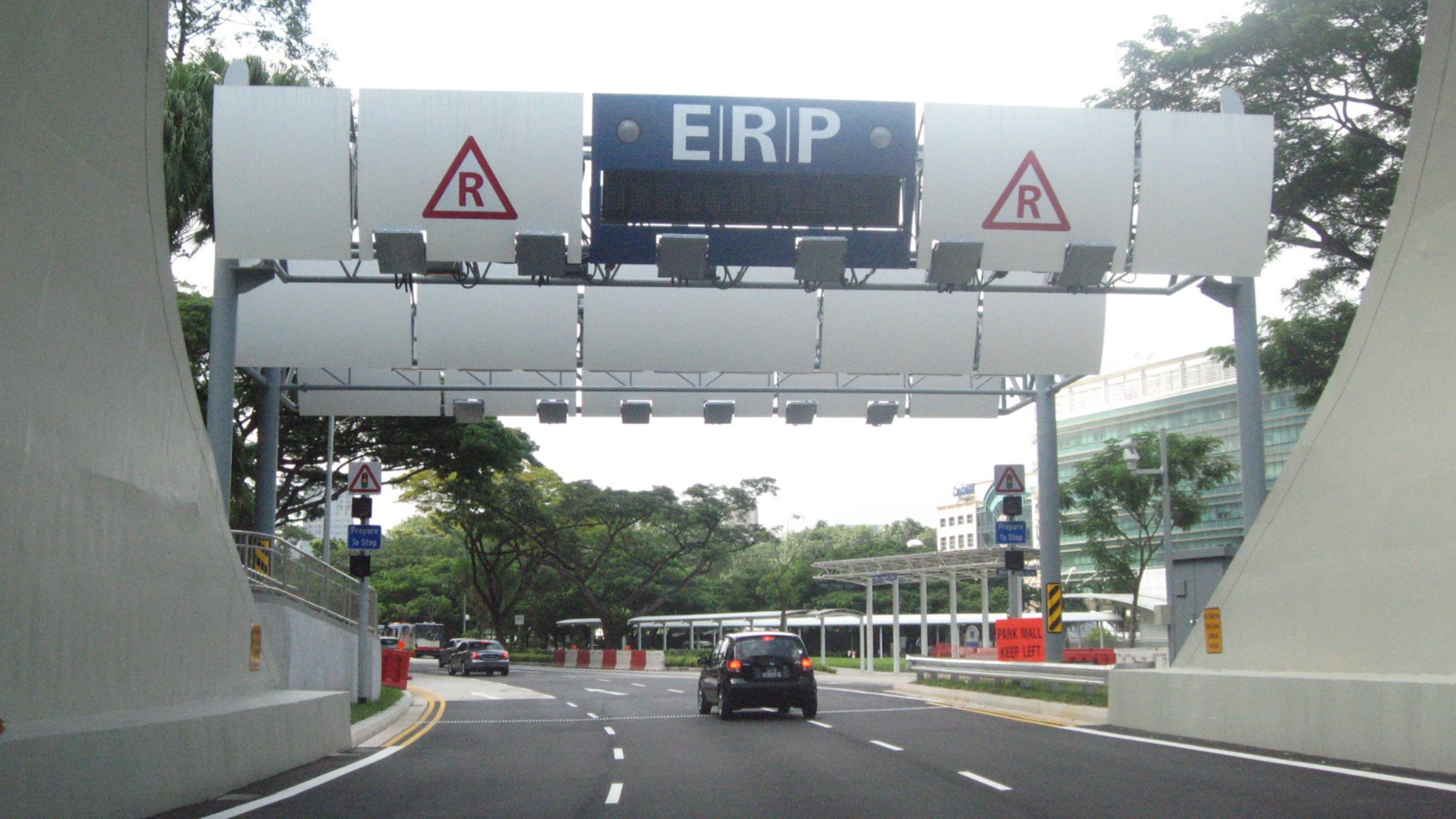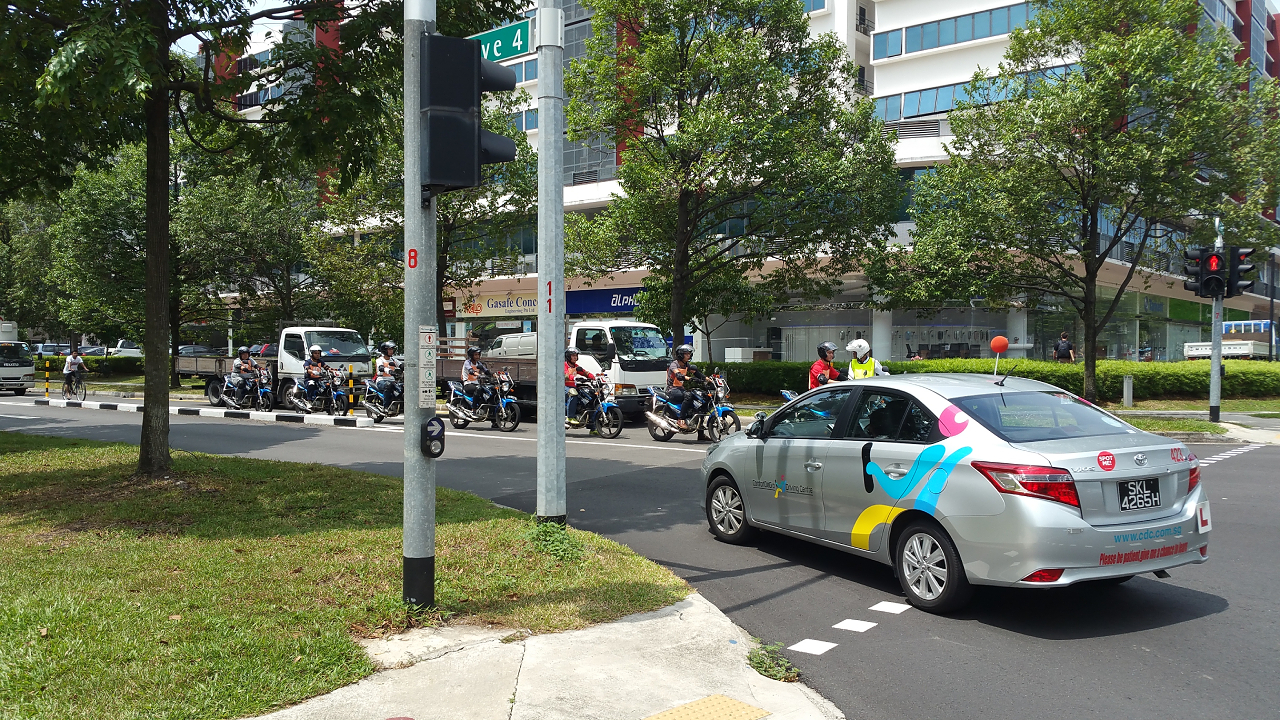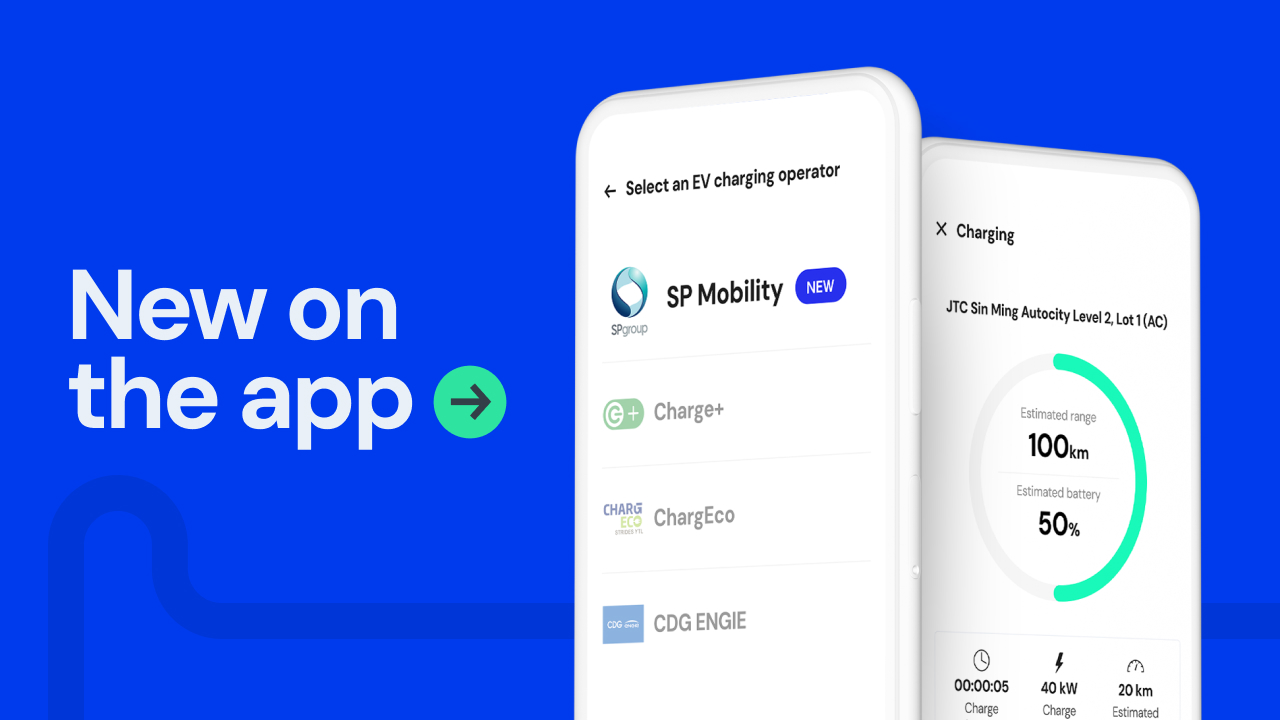Selling your car in Singapore? Check out this quick guide to help you get started
04/04/2022
7.4 min read

(Featured photo: Carousell)
Many people think that selling a car is a painstaking and long process — and while there’s a teeny-weeny bit of truth to this, knowing what to do and how to go about can significantly help ease the journey. In this blog post, we’ll share with you everything you need to know about selling your car in Singapore so that you can make the most of your sale.
Ways to sell your used car in Singapore
There are three main ways to sell your car in Singapore. Let’s dive in a little deeper.
Sell your car through a car dealer
Most car owners in Singapore prefer to sell their cars through car dealers. This is because a car dealer usually handles the entire process for you — right from giving you a quote to managing all the paperwork, making the entire process convenient. All you have to do on your end is to approach your preferred dealer and let them know of your intention to sell your car.
That said, there still are some drawbacks to take note of.
For one, the asking price for your car may vary from dealer to dealer as each of them will have their own profit margin to consider. If you choose to take this route to sell your car, make sure that you’ve done plenty of research and found the best quote possible. And always read your agreements as carefully as possible (especially the fine print) so that you know what you’re signing up for.
Sell your car through consignment
(Photo: The Business Times)
Unlike having your car’s value determined by a dealer, selling through a consignment agent gives you the freedom to set your own price. So, who exactly is a consignment agent and how does consignment work?
A consignment agent is a professional who helps you sell your car at your preferred price. He or she will help you handle the A-Z of the sale process by taking pictures of your car, advertising it on car listings and marketing it in his or her networks, and handling all the necessary paperwork. This makes for a hassle-free sale.
Every consignment agent has their own working process. While some may need you to leave your car in the showroom so that they can promote it to walk-in customers, others give you the option to continue driving your car until they find a potential buyer — the latter is definitely a huge advantage especially if you don’t have a spare vehicle with you. Whichever the case may be, you’ll still get to retain legal ownership over your car until the very moment the deal is closed.
Take note that your consignment agent may charge you anywhere between $500 to 1% of your car’s final selling price, based on the consignment agreement.
Sell your car to a direct buyer
Gone are the days when car owners had to go through the agonising process of posting their car on the Classified section of newspapers and waiting anxiously to hear back from someone. Thanks to the Internet, selling your car to a direct buyer has become so much easier. Not only that, you also get to set your own asking price and continue to drive your car until it’s sold. All you have to do is post on car selling platforms like Carousell to find your prospective buyers. Let’s look at how you can do so.
Step 1: Set your selling price
You’d ideally want to decide on your car’s selling price first before anything else. Frankly, there’s no hard and fast rule when it comes to setting a price so we suggest that you find out how others do it on car selling platforms. While every car’s price is unique due to different factors like age, mileage and condition, you’ll still be able to get a rough idea of how sellers justify their selling price. For example, if a car has lower mileage, the seller may ask for a higher price.
Another way to go about this step is to get a quote from services like Sgcarmart Quotz, SwiftQuote, or Motorist. These platforms can help you look for the highest offer from their network of car dealers which you may use as an estimate.
Step 2: List your car
As a direct seller, you’ll be responsible for the entire sale process of your car and that includes advertising your car online. Go ahead and take as many clear pictures as you can and prepare to upload them on your preferred platform(s). Be sure to include the following details as well so that your prospective buyers can be fully informed.
- Age — original registration date of your car
- Condition — servicing records or bills make better proof
- Mileage
- Engine and other specifications
- Transmission — auto or manual
- COE category and COE expiry date
- Badge/trim
- Open Market Value (OMV)
- Additional Registration Fee (ARF)
- Quota Premium (QP) paid
- Road tax expiry date
- Road tax cost
- The number of previous owners
- Modifications or additional accessories (if any)
Step 3: Arrange car viewings with potential buyers
Once your post is live, you’ll start hearing from prospective buyers who’d want to view the car so the more proactive you are in responding to them, the better your experience will be.
Start by finding out which road makes the best for a test drive. It should be less congested so that the buyer can get to experience the car’s performance better. The next step is to get your buyer to sign an indemnity agreement — this form basically protects you against any liabilities that may result from the test drive.
On the day of the viewing, allow your buyer to spend a good 1 to 1.5 hours with the car so that they can check and test out the car thoroughly. Some buyers may wish to consult a professional for inspection — if this is the case, then you may want to approach an authorised service centre for a complete professional check.
Step 4: Buyer happy? Prepare to get a deposit
If your buyer decides to proceed with the purchase, both parties should sign a sales contract as a verbal agreement isn’t legally binding. Your buyer should also start securing their own loan for the car that they’re about to purchase if they need one. They’ll also need to arrange for a motor insurance.
As soon as the sales contract is signed, collect a deposit from your buyer and issue them a payment receipt.
Step 5: Pay off any outstanding loan
If you have an outstanding loan, there are two ways you can settle it before you can transfer your car ownership. The first method is to pay off the total amount with cash. Take note that there may be an additional fee for early loan repayment.
In the event that the first method is not possible, you may choose to transfer the loan to your credit card or refinance it.
Those who have paid off their outstanding loan or don’t have any outstanding amount left may proceed to transfer their car ownership.
Step 6: Transfer car ownership
It’s time to transfer your car to your buyer’s name! To do this, simply log in to OneMotoring and enter your details as well as your buyer’s identification number (NRIC for Citizens and Permanent Residents, and FIN number for foreigners). Your buyer will receive an SMS to confirm the transfer.
If your buyer is a foreigner who doesn’t have a SingPass account, both of you will have to go down to LTA to do this process manually.
Do bring along your credit or debit card to make a payment of $25 for the transfer. And, you’re done — it’s really as simple as that.
Step 7: Hand over the keys and kiss your car goodbye
This is when you officially get to hand over the car to its new owner. Goodbyes are bittersweet, so it’s totally fine if you feel like giving the car one last pat.
There you go — your simple guide to selling your car in Singapore. We hope that it comes handy if you’re looking to sell your car.
Last but not least, remember that there’s no one way that’s better than the others. The key is to choose the right option for you and that really depends on your own needs and expectations. For instance, if you prefer to continue driving your car during the sale process, you may want to sell your car to a direct buyer or through a consignment agent.
Hunting for your new car? Try out from over 22 different models in our fleet now. Simply download GetGo and book a car — anytime, anywhere.
All the best!
Luna 💪
Trending articles
What's New

loop on our
latest updates,
promos, and weekly news.
The GetGo Blog
Get our latest updates,
promotions and weekly news.















